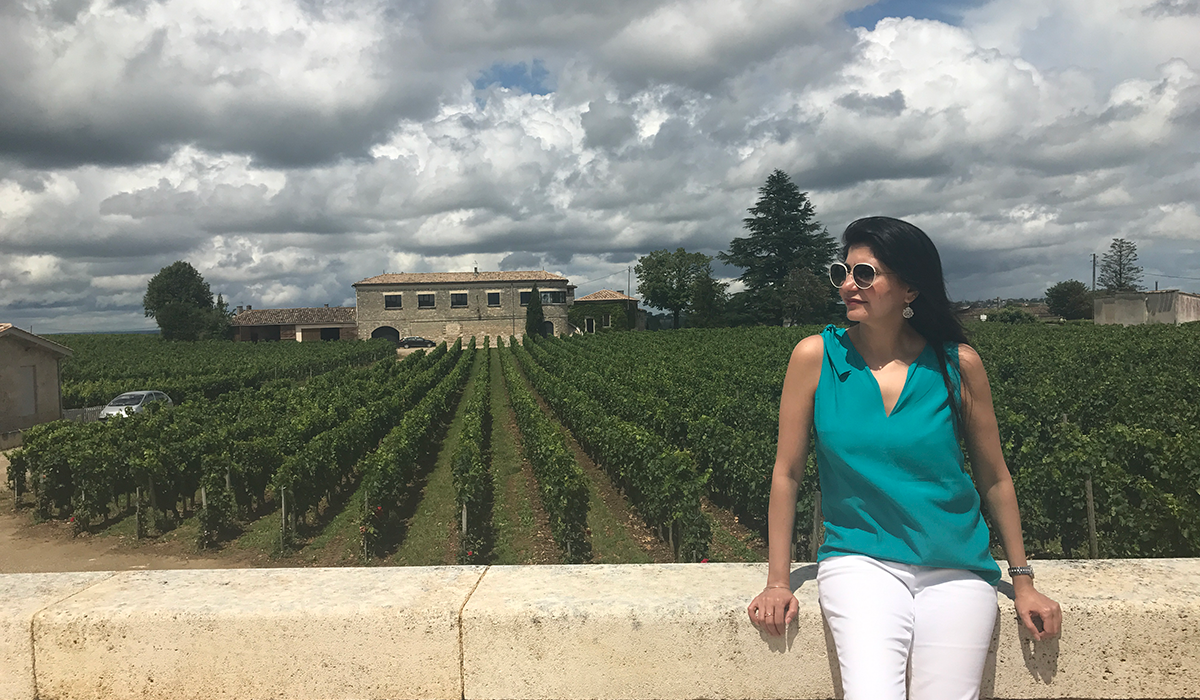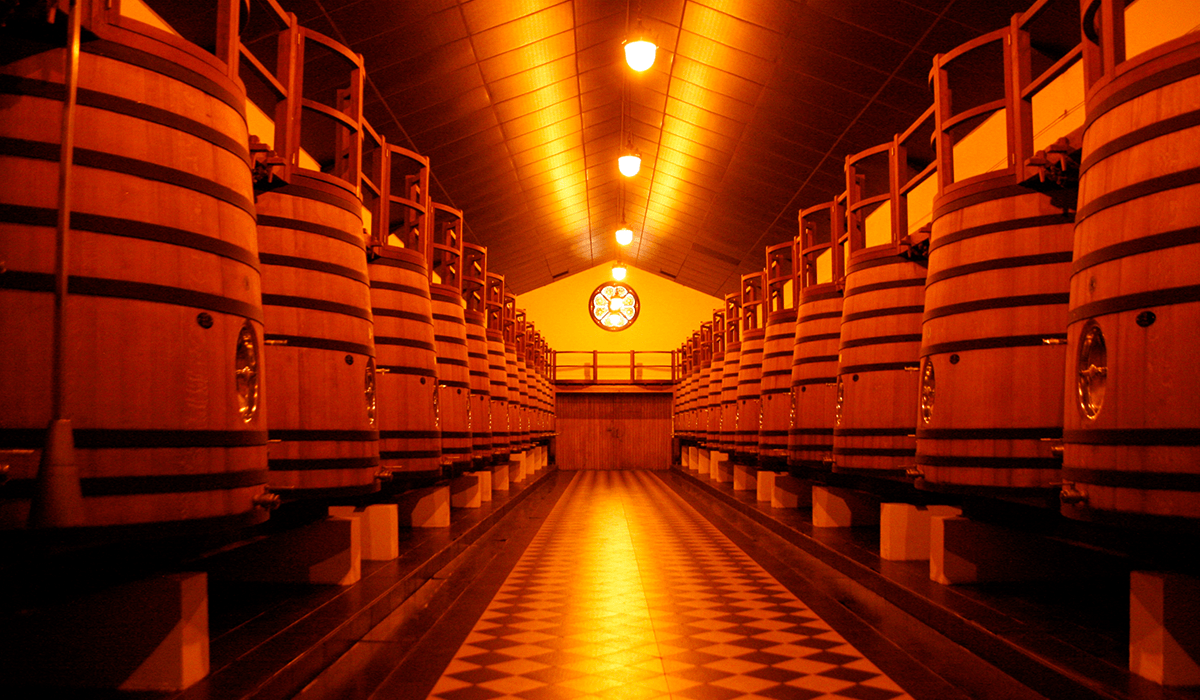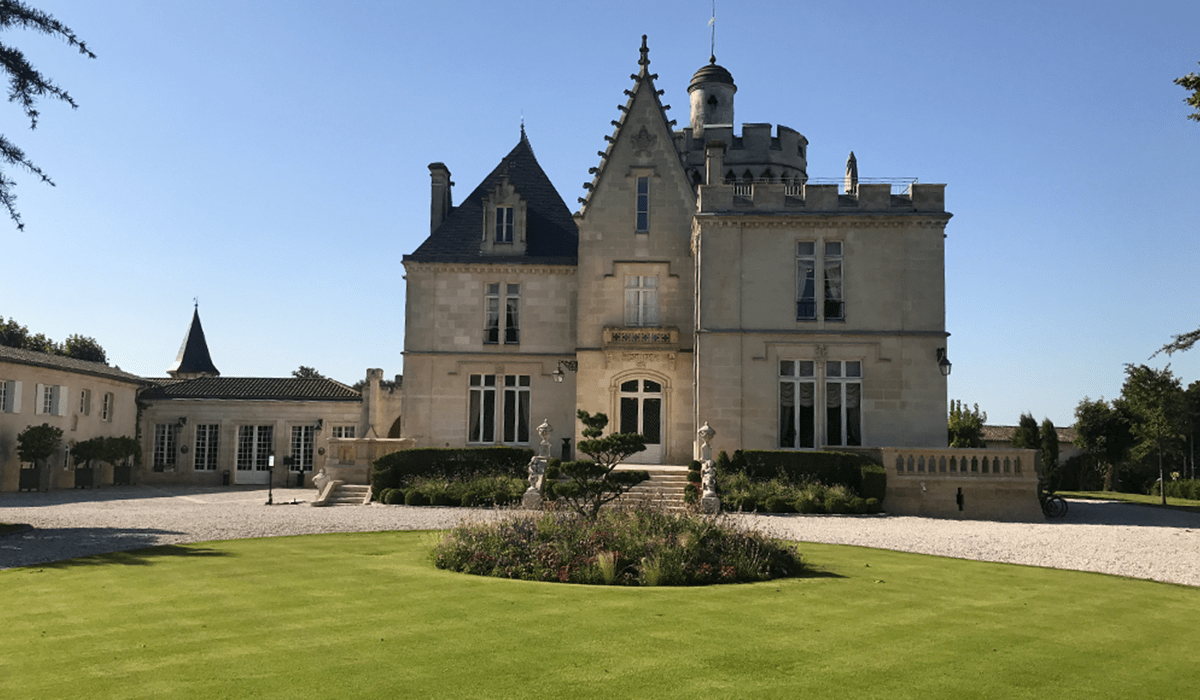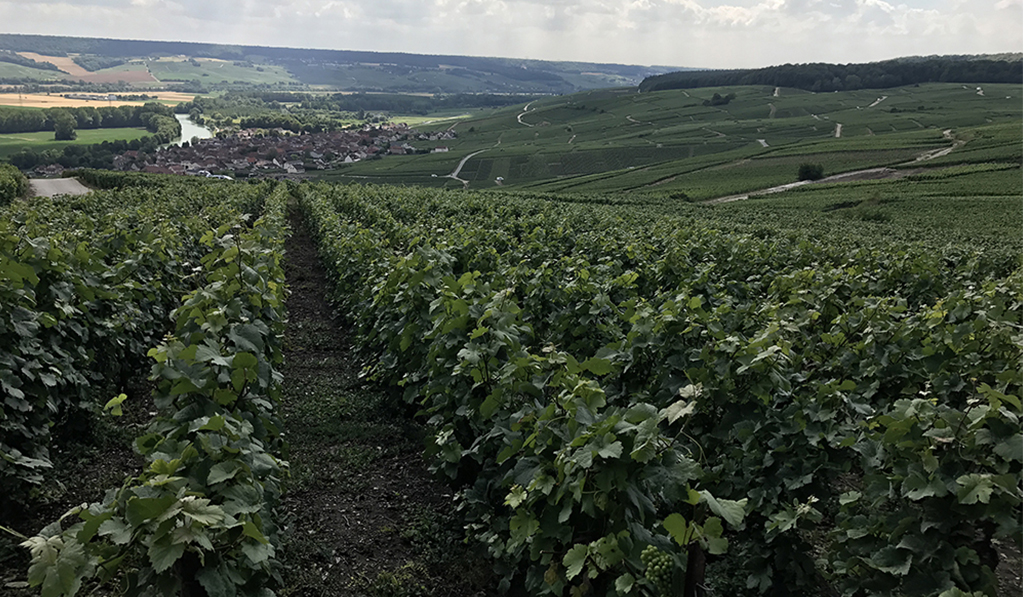
11 facts from a connoisseur’s trip to Champagne, France
Here I am sharing some stories from my visit to the beautiful Champagne region of France and to the Houses of Dom Perignon, Moet & Chandon, Veuve Cliquot and Mumm.
1. About the bubbly – Champagne! The main town in the Champagne-Ardenne region, Reims, is a 40 minutes train journey from Paris. Only the sparkling wine that comes from this region can be called ‘Champagne’ and there are very strict rules that all wine estates have to abide by.
2. There are three grape varieties that go into Champagne – Pinot Noir, Chardonnay and Pinot Meunier.
3. It rains 250 days in a year in the Champagne region!
4. The big players home base - Epernay town is 20 mins drive from Reims where Moet & Chandon and Dom Perignon are based. It is difficult to take your eyes off the roads and the beautifully manicured vineyards. The landscape is breathtaking!

5. The highest point in Epernay, called Hautvillers (literally meaning ‘high village’), is home to the abbey which houses the grave of Dom Perignon.
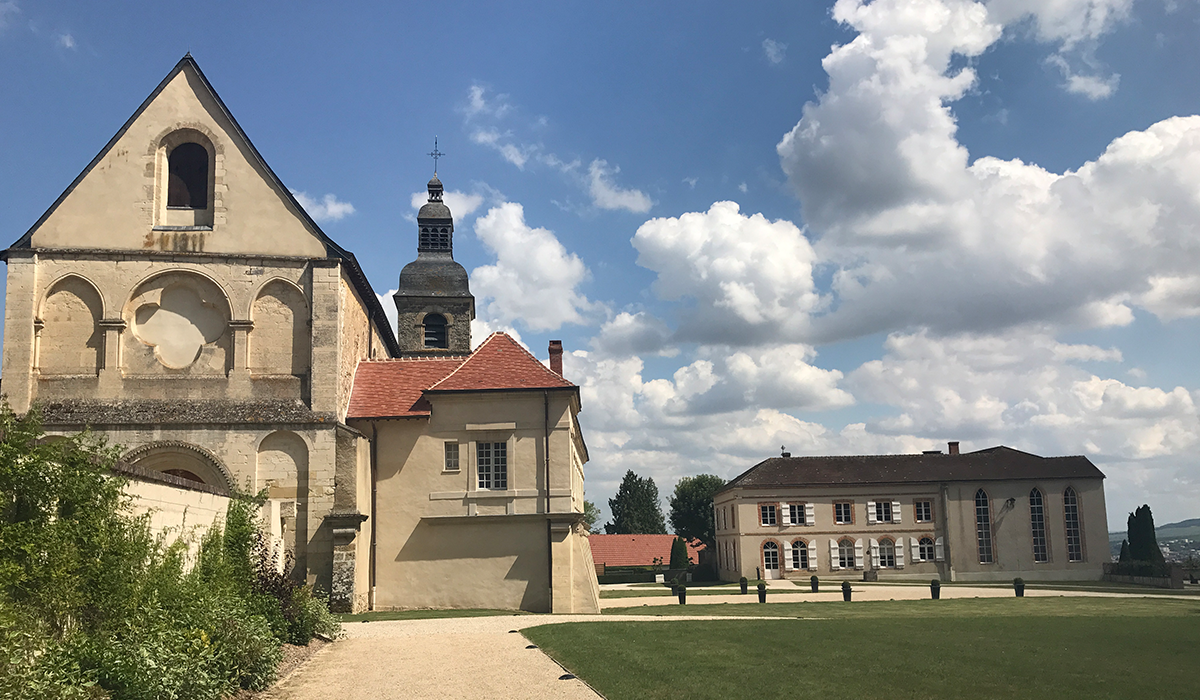
6. Let me share a bit of history because this is where it all started! The Hautvillers abbey, founded in 650 AD, gradually became home to migratory Benedictine Monks, whose daily practice involved growing and making wine. It was here at Hautvillers, that the discovery of Champagne making was made by the Benedictine monk DOM Pierre Perignon (1638-1715)! It was him, while heading the Hautvillers Abbey, who started the use of bottles made of thick glass to preserve the wine and maintain the bubbles; the use of the cork wrapped up in a seal bearing the arms of the abbey and the practice of storing the wines in the underground chalk cellars for ageing the wines in constant temperatures.

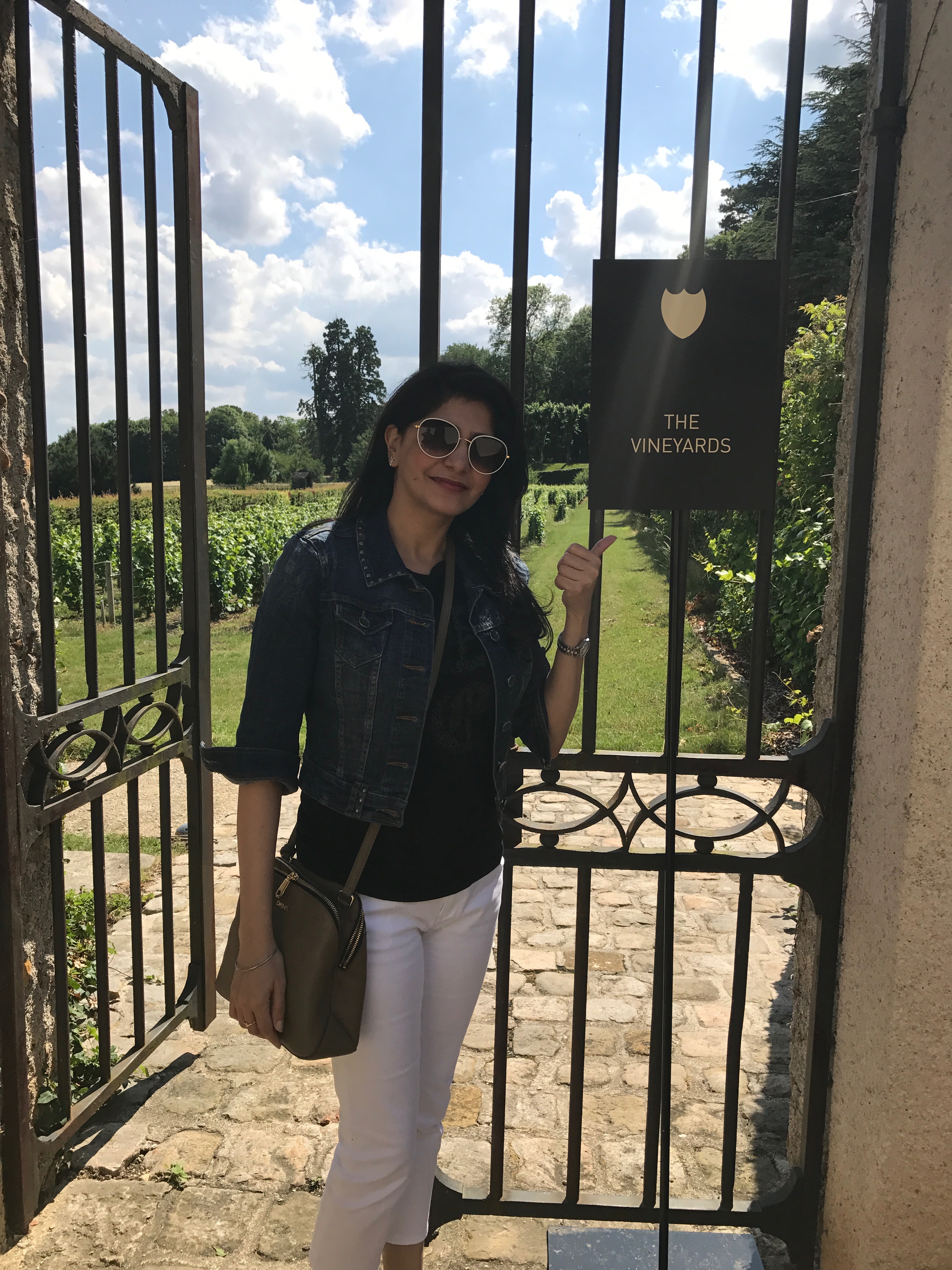
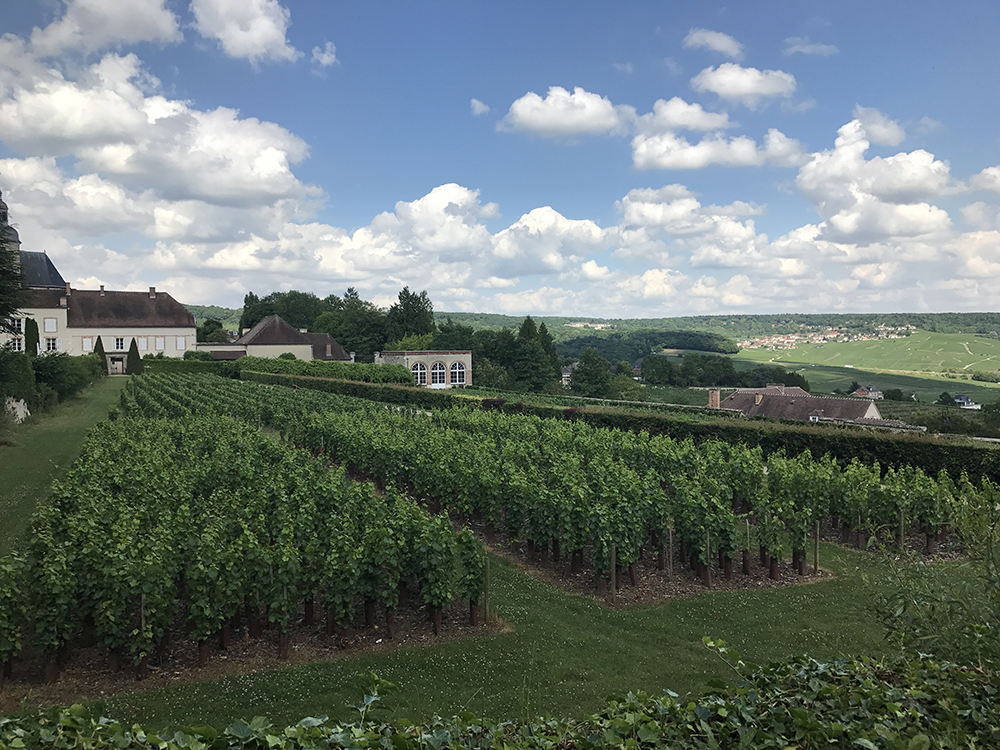
7. DOM was a title given to certain head monks and it stands for “Deo Optimo Maximo” – which stands for someone who is Dear to God, is Kind and is Grande.

8. Did you know that there are around 1500 grapes used to make one bottle of Dom Perignon!
9. House of Moet & Chandon is a 10 mins drive into Epernay town. Founded in 1743, Moet & Chandon has the longest underground cellars in Champagne at a length of 28 kms! The cellar proudly showcases a large wine cask gifted by Emperor Napoleon to Mr. Jean-Remy Moet in 1810.
Did you know that Moet & Chandon has the longest underground cellars in Champagne at a length of 28 kms!
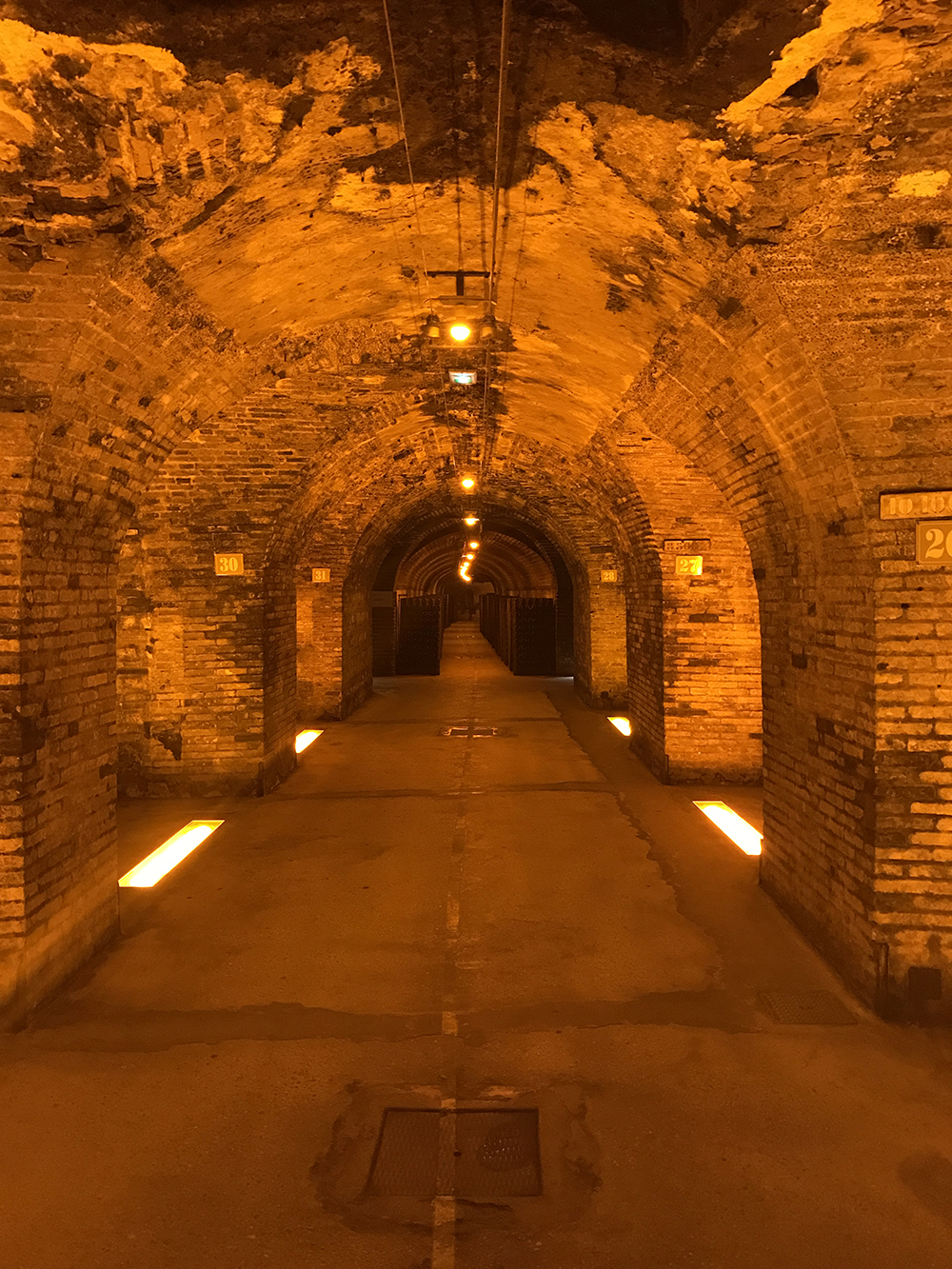
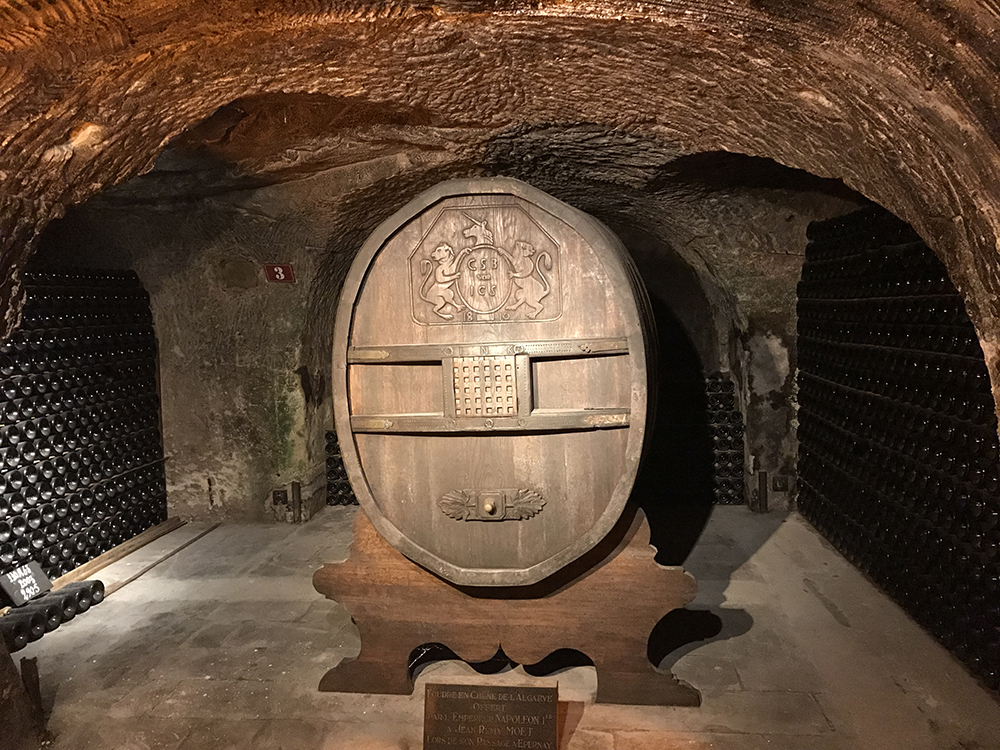
10. Veuve Cliquot Posardin, another champagne house owned by the LVMH Group – was founded in 1772. Madame Cliquot or Veuve (meaning widow) Cliquot took over in 1805 and in 1816, she contributed the most important process to Champagne making – the ‘Riddling process’, by which bottles are stored at an angle and rotated multiple times over the period of one month to ensure that all the sediments settle down near the neck and can be removed efficiently to result in a crystal clear wine.


11. Lastly, do visit the unique automobile museum in Reims - the Musee – Automobile Champagne, which houses some of the oldest French and other cars including a 1913 Ford, a 1934 Hotchkiss, a 1969 Martini Formula 3 car and a 1939 Rolls Royce.

Note: All rights reserved.
All content and pictures are original basis the visits by the author and cannot be reproduced in any form without the written permission of the author.
Write to contact@manmeetvohra.com for further communication.
Photo credits: Afsha Khalfay
